A few years after planting a seedling with the intention of exposing the roots is a good time to take a peek and see what’s happening beneath the soil.
The black pine below was planted in its current container about three years ago.
Black pine
Based on how much the tree has grown, my guess is that the roots have developed enough to begin removing the soil near the top of the container.
It’s also time to do something about the trunk and branches that have been neglected these past few years. Before starting on the roots, I reduced the upper trunk and branches.
After reducing the trunk
The first step toward exposing the roots is destroying the upper part of the container (see more about the container here).
The section of the container to be destroyed
I used tin snips to cut through the plastic and eroded duct tape. Here’s what the roots looked like.
After removing the upper part of the container
Then came the hard/fun part. Using what essentially resembles an aluminum chopstick, I removed the soil from between the roots.
After removing the soil
Close-up of the roots on the other side
Now that I can see the roots, it’s time to add some movement to the low branches as one will likely become the future trunk. Here’s a close-up of the branches to be wired.
Before wiring
After wiring
By wiring one branch up and the other one down, I’ll have the option of developing either an upright trunk (by using the branch on the left) or a descending trunk (by using the branch on the right) when I next work on the tree.
The work over the next few years is more of the same. As the roots continue to thicken, I’ll reduce the container and remove more of the soil until I reach the fine roots below.
The process can take anywhere between two and six or more years depending on how thick I want the roots to be. If I’m OK with thin roots, I can remove all of the soil right away. If I want them to thicken a lot, I’ll leave them buried and let the upper part of the tree grow freely.
As for the pot – or colander, in this case – I’ll monitor the fine roots growing there and repot when necessary, typically when the drainage slows to a crawl or the colander disintegrates. In the meantime, I’ll focus on developing the trunk and primary branches.
Ten days left to register for workshops at Shohin Seminar
The California Shohin Society will host the 16th Biennial Shohin Seminar this coming February 2-4 in Santa Nella, California. As always, the event will feature an exhibition, a sales area and presenters from around the country. I’ll be vending at the event and leading a workshop on shohin black pine. For those who are curious, here are pics of the trees we’ll be working on.
Tree 1
Tree 2
Tree 3
Tree 4
Tree 5
Tree 6
Workshop enrollment is by lottery. If you haven’t submitted your application, there’s still time – applications are due December 15th. For details, see the Shohin Seminar Workshop Page.
Subscribe to Bonsai Tonight
New Posts Delivered Every Tuesday and Friday



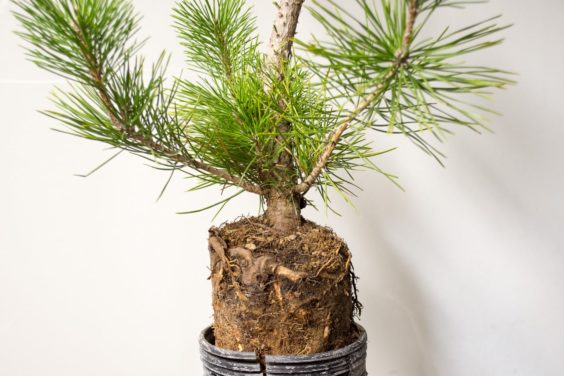
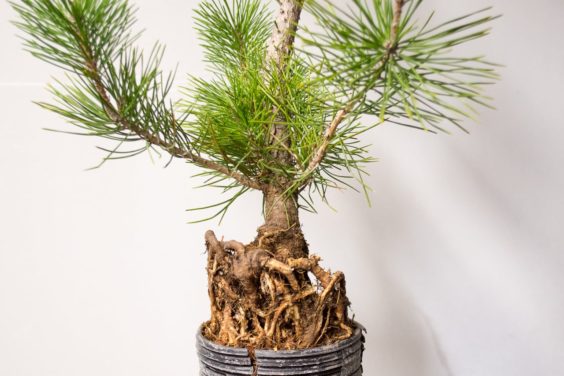
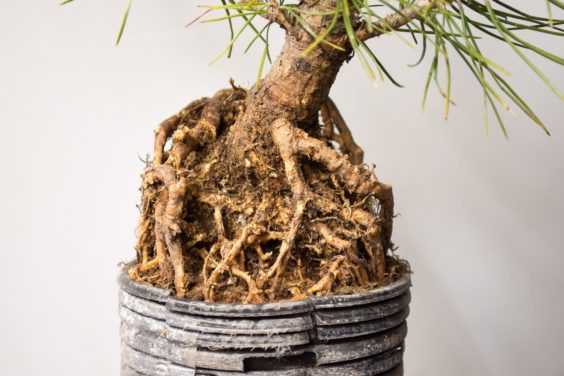
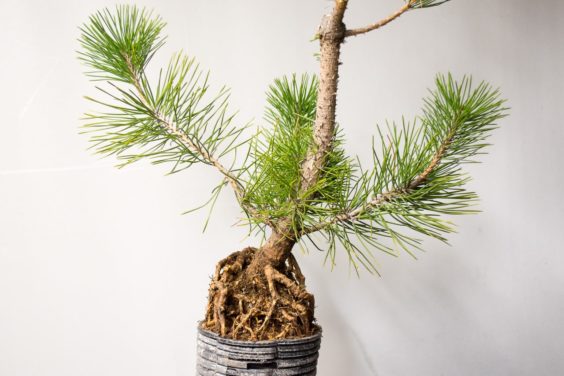
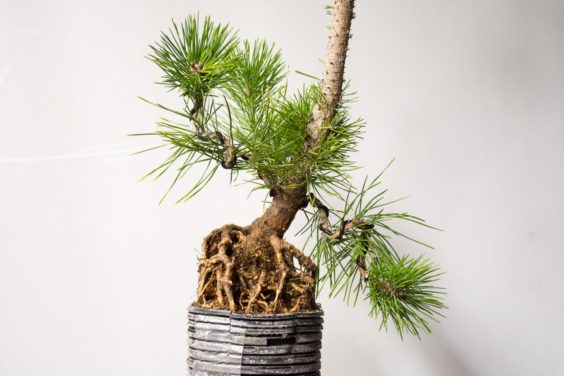

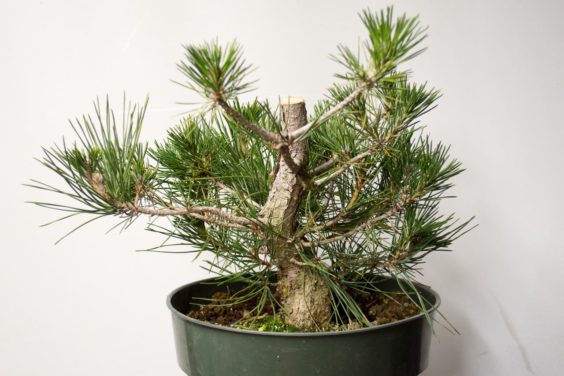
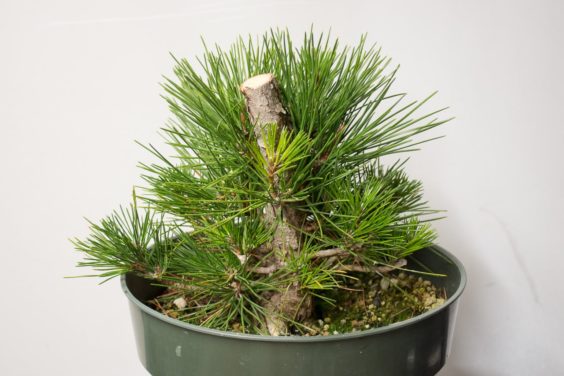
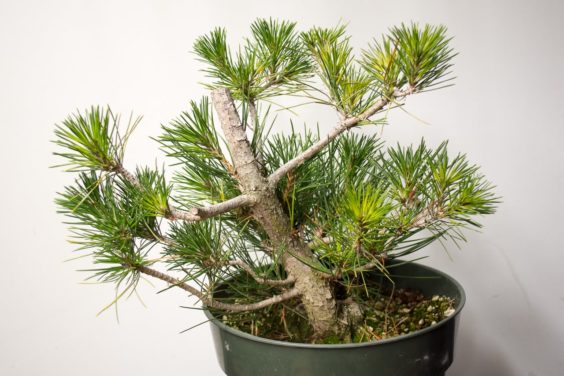
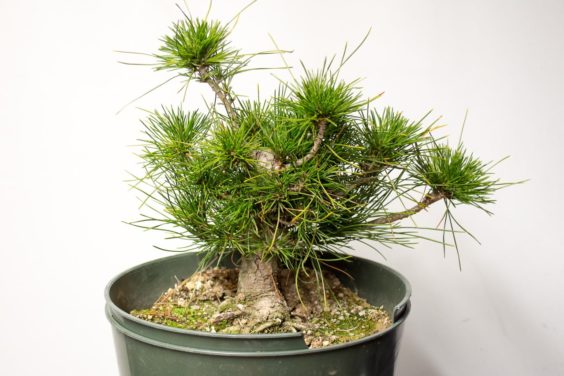
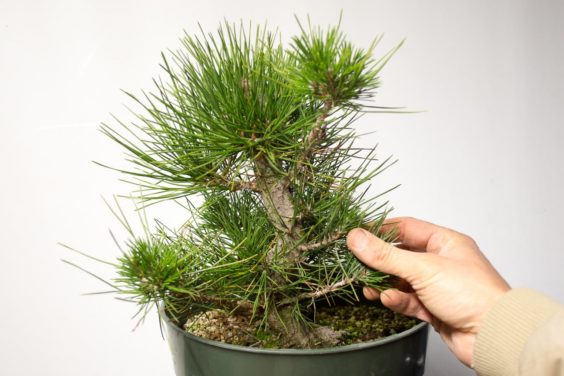
Marty Weiser says
Another option to the stacked pots would be a section of 2 – 5″ flex tubing. This could be perforated drain line, shop vacuum hose, or dryer vent. It could even be bent so the exposed roots have a curve like they grew along the surface of a rock. Shop vac hose or dryer vent would have to be stretched and supported a bit – good duct tape would work. The drain line might be good on its own once it is stuffed full of pumice chunks or rocks.